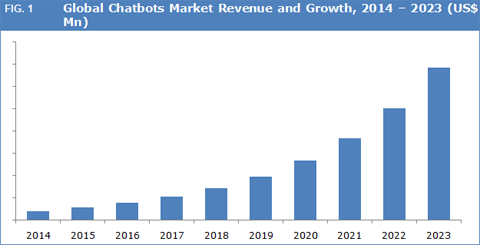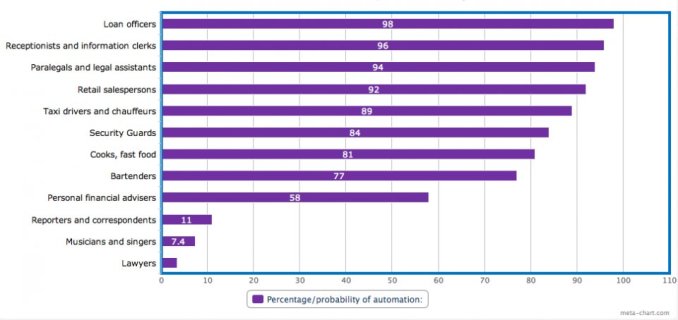The modern workplace is changing rapidly, there is zero doubt about that. The more complex society becomes the more vital it gets for companies to keep their finger on the pulse and stay on top of their game. Although we live in an era of endless opportunities and unbounded access to information and knowledge, competition has never been tougher and expectations have never been higher. Keeping your head out of the water has never been more challenging in the corporate world.
With new workplace trends constantly emerging out of this ever-changing market, exponents and disputants of terms like workplace evolution and change appear to have more differences than ever. And with both sides making valid points, this debate has never been more interesting.
Of course, not all workplace trends are subjects of controversy. It is hard to think there are people who would oppose a shift in closing the gender pay gap or promoting a better work-life balance. However, this is definitely not the case for Automation and Artificial Intelligence (AI).
By far the greatest danger of Artificial Intelligence is that people conclude too early that they understand it.
– Eliezer Yudkowsky
Today, the world is driven by technology. From the simplest everyday task to the most complicated business process, technological innovation is interfering in every single aspect of daily life. Our lives are profoundly affected by technology while the line becomes thinner and thinner between using technology to improve our life’s quality and completely relying on it to make it through the day.
From the 70s until the 90s, entry level jobs, especially in the field of customer service, were considered a stepping stone to a career for the majority of fresh graduates. Back then, it wouldn’t cross anyone’s mind that there might be both effective and cost-effective ways to work with customers that won’t include the personal involvement of an actual human being.
The automation of factories has already decimated jobs in traditional manufacturing and the rise of artificial intelligence is likely to extend this job destruction deep into the middle classes, with only the most caring, creative or supervisory roles remaining.
– Stephen Hawking
However, times change and technological revolution knocked on our door. Along with globalization, a first-time access to massive information was provided and distance was virtually eliminated. New generations that have grown up with technology keep entering the workforce and becoming both the consumers and the employees. As per the 2020 Workplace Theory, more than 36% of the existing workforce in 2020 will be born after the baby boomers.
Before launching Watson, an innovative AI tool, IBM investigated the way Millennials are shaping the market and found that 3 out of 4 Millennials prefer a self-service solution to their customer issues rather than directly talking to a customer support representative. Likewise, a study conducted by Desk.com showed that 22% of Millennials expect a 10 minutes reply to their queries and 80% of them find human interaction in customer support to be highly inconvenient.
Intelligent automation appears to be a one-way road to corporate success. And this is as legit as it gets. According to Forbes, chat-bots are expected to save 79 million dollars on wage costs and improve efficiency by 30%. Approximately 20% of companies have already deployed chat-bots to act as virtual assistants or perform tasks as data mining and customer support, a number that is expected to climb up to 57% by 2021. Let alone their 24/7 availability. Efficiency, innovation, cost reduction, revenue creation, all boxes ticked.

But what about people? There is a dark side to this evolution and a failure to address it on time and find sustainable solutions might end up doing more harm than good. According to McKinsey Global Institute’s (MGI) latest report, 75 to 375 million workers representing 3-4% of the global working population will be forced to change their occupation by 2030 because 60% of occupation fields have at least a 30% of tasks that can be automated.
Emotions are essential part of human intelligence. Without emotional intelligence, artificial intelligence is incomplete.
– Amit Ray
An earlier study conducted by the Oxford University in 2015 identified approximately 700 occupations that are in risk of automation and below are the ones that face the highest risk.

Source: Oxford University via Business Insider
Moral of the Story
Nothing stands still and change is the fuel to evolve. But no matter how many solutions technology provides, one should always keep an eye on the human factor. Finding the balance between fear and excitement over a newly introduced technology might solve more problems in the long run than create in the short run.

Leave a comment